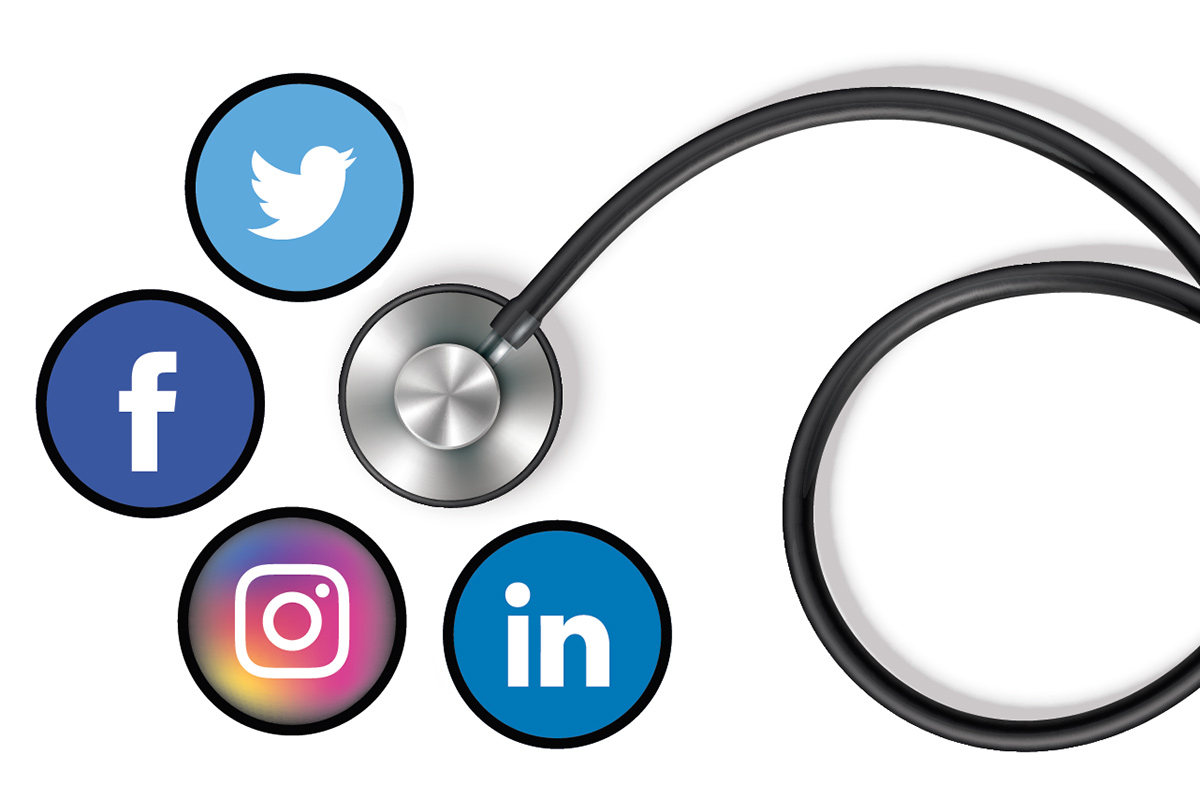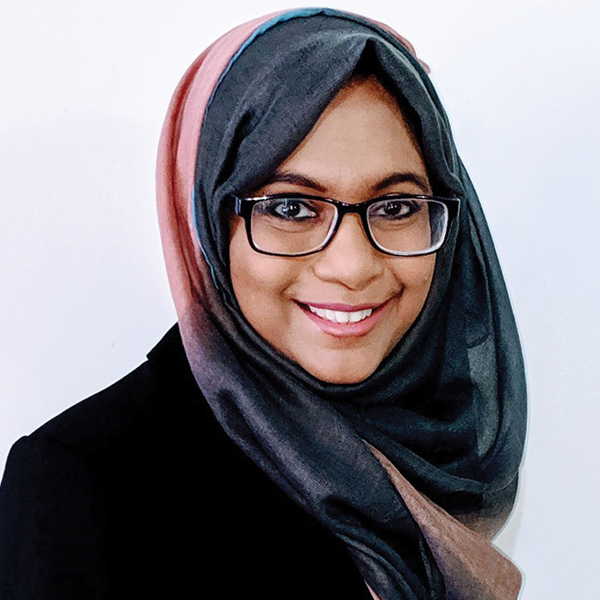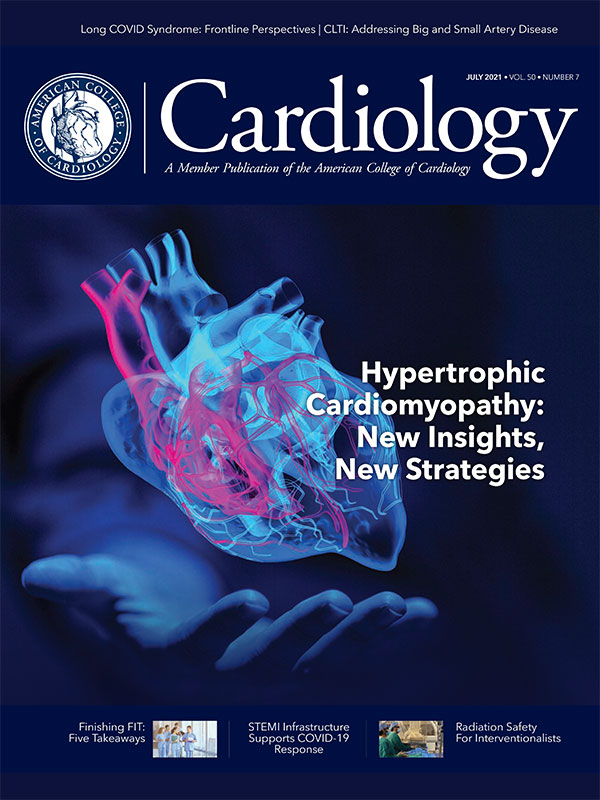For the FITs | Social Media For the Contemporary Cardiologist

Social media has gradually emerged as an important ancillary educational tool in cardiology. The COVID-19 pandemic has led to a shift of meetings and education to the virtual space, highlighting the importance of the instant connectivity, experience sharing, educational value and advocacy potential of social media.
Twitter, Instagram, Facebook, LinkedIn, and most recently, audio- and video-based applications like Clubhouse and Twitter Spaces (an offshoot of Twitter) are among the most popular social media platforms in the current cardiology community. As a millennial, and a cardiologist based outside of the U.S., I've seen how the use of social media platforms differ geographically and generationally.
While Twitter is perhaps the most popular social media platform among cardiologists in Europe and North America, in Eastern parts of the world, particularly in most of Asia, Facebook pages and groups predominate as a means of sharing and discussing cases, articles and excerpts from talks. Furthermore, Twitter remains universally widespread across a wide spectrum of age groups, ranging from medical students to senior cardiologists, and this diversity has resulted in a flattening of hierarchy. This is particularly encouraging, especially in terms of accessibility to expert opinions in the discussions of cases as well as critical appraisals of recently published articles.
In interventional cardiology, I have shared cases and learned from those of others, with important discussion points on strategy and techniques, along with innovative ways to use available tools and enhance operator ergonomics. It is a global heart team discussion at the tap of a phone-click.
Instagram, a platform more popular among younger generations, has the advantage of an enhanced visual impact, with many cardiologists adopting it to convey bite-sized information with take-home messages from interesting cases. Reel-based applications such as Tik Tok are gradually gaining popularity too.
More recently, a number of education- and advocacy-based discussions such as issues pertaining to women in cardiology, workplace discrimination and even advice on navigating careers and obstacles, have taken place over Twitter Spaces and Clubhouse, both of which are audio-based social media applications one can "tune into," very akin to a live radio show or instant seminar. Recent post-conference Twitter Spaces sessions have succeeded in continuing ongoing debate of late-breaking trials, generating further discussion, and involving the larger cardiology community beyond live conference attendees.
The definite benefits of social media have been leveraged by many journals, which have adopted these tools to build an active online presence for greater reach among the global cardiovascular community. A central tenet of social media is constituted by the hashtag, which is followed by the wider community to identify content of common interest. Popular cardiology hashtags include #RadialFirst, #EchoFirst, #WhyCMR, #YEsCCT, #ACCWIC, #WIC, specific conference hashtags and so on, ranging from those of educational value to general interests and advocacy.
Educational content on Twitter can be posted in the form of a Tweet, polls, Tweetorials (a series of educational tweets) or Twitter chats. Many prominent medical journals have recruited trainees and more junior faculty to be actively involved as the journal's social medial editor to create curated content highlighting its publications. Major conferences have embraced a similar concept, incorporating "social media ambassadors" from different geographic locations to disseminate key discussion points from the meeting. Discussions and critical appraisals of just-published papers or trials that happen in almost real-time on social media, often with the active involvement of the primary authors and investigators, are an unparalleled learning experience, especially as they continue on from the live discussions of late-breaker presentations from international meetings.
Twitter journal clubs, coupled with smart infographics of trial summaries, predominantly spearheaded by trainees and early career physicians are increasingly popular. And for those who might opine that time spent on social media might not be worth it, some handles offer Tweetorials with curated educational content by experts in the field that even offer continuing medical education credit.
The benefits, however, are not limited to educational value. As a cardiologist based in Southeast Asia, a social media presence has provided opportunities for networking, leading to meeting like-minded individuals with similar professional interests, and through this, friendships, collaborations and writing and speaking opportunities. Openings in editorial boards, blogging programs, calls for involvement in global projects and so forth are often advertised on social media; occasionally, a relevant social media presence might even lead to peers specifically seeking you out for a project of similar interest.
Despite its numerous positives, as with anything, there remain certain limitations and drawbacks. It is important to maintain basic ethics when posting content, ensure institutional policy and Health Insurance Portability and Accountability Act (HIPAA) compliance, and remain professional. While civil debate is always encouraged, it's also vital to stay polite as well as genuine, only projecting a true reflection of oneself. Social media posts should be responsible, especially in contemporary times, where anything and everything can "go viral," because once something is on the internet, it cannot really be undone. In fact, one's online presence can and should be leveraged to educate more than just the physician community, but the larger general public as well, and debunk misinformation that is rampant, especially during a pandemic.
Finally, if nothing else, in these difficult and increasingly virtual times, the friendships and camaraderie fostered via social media have helped instill a sense of normalcy and kept many of us going, transcending borders and time zones within a global cardiology community.
Learn more about getting involved with the ACC on social media and access the College's hashtag guide and social media policy at ACC.org/ACCinTouch.

Aaysha Cader, MBBS, MD, MRCP, is an assistant professor of cardiology at Ibrahim Cardiac Hospital and Research Institute in Dhaka, Bangladesh, and is currently pursuing a part-time MSc in clinical trials at the University of Oxford. She has a special interest in interventional cardiology, acute coronary syndromes, and heart disease in women. Cader is a World Heart Federation Emerging Leader and a co-founder of the Global Women in Cardiology (WIC) - Early Career collaboration. Reach out to her on Twitter using @aayshacader.
Clinical Topics: Acute Coronary Syndromes, Cardiovascular Care Team
Keywords: ACC Publications, Cardiology Magazine, Social Media, Blogging, Students, Medical, Education, Medical, Friends, Workplace, Health Insurance Portability and Accountability Act, Expert Testimony, Acute Coronary Syndrome, Pandemics, Cholangiopancreatography, Magnetic Resonance, Communication, Social Responsibility, Cardiology, Policy, Hospitals, Asia, Southeastern, Family Characteristics
< Back to Listings

